Artists
Artists
Number of results: 142
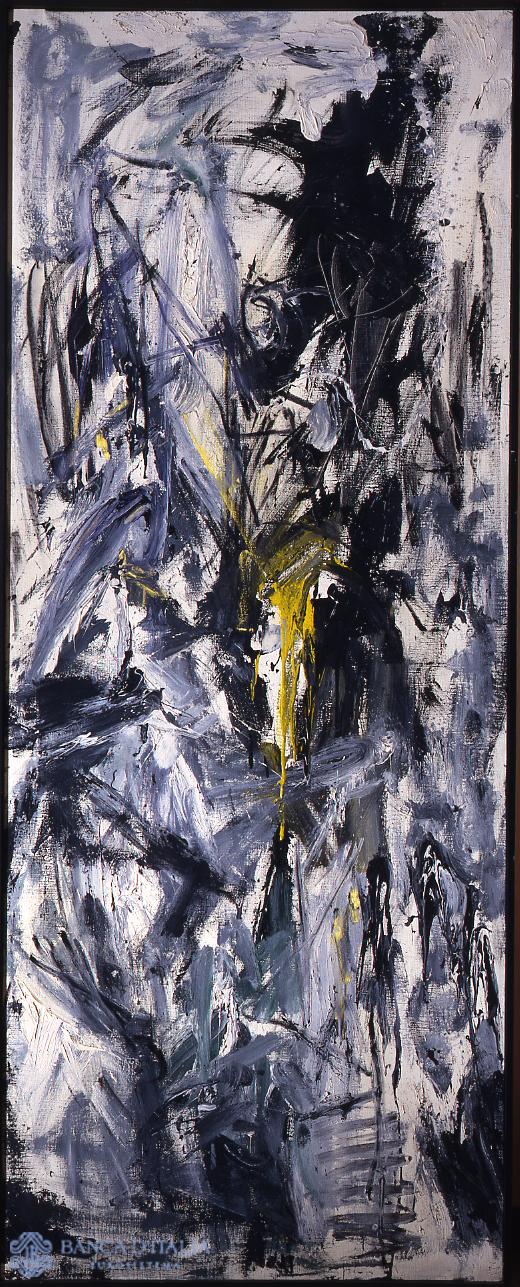
Emilio Vedova
Emilio Vedova was born in Venice in 1919. He turned precociously to painting and drawing, taking Tintoretto as his first “maestro,” a choice that revealed what would be a constant in his life as an artist, the construction of spaces vibrant with powerful expressive tension.
20th century AD
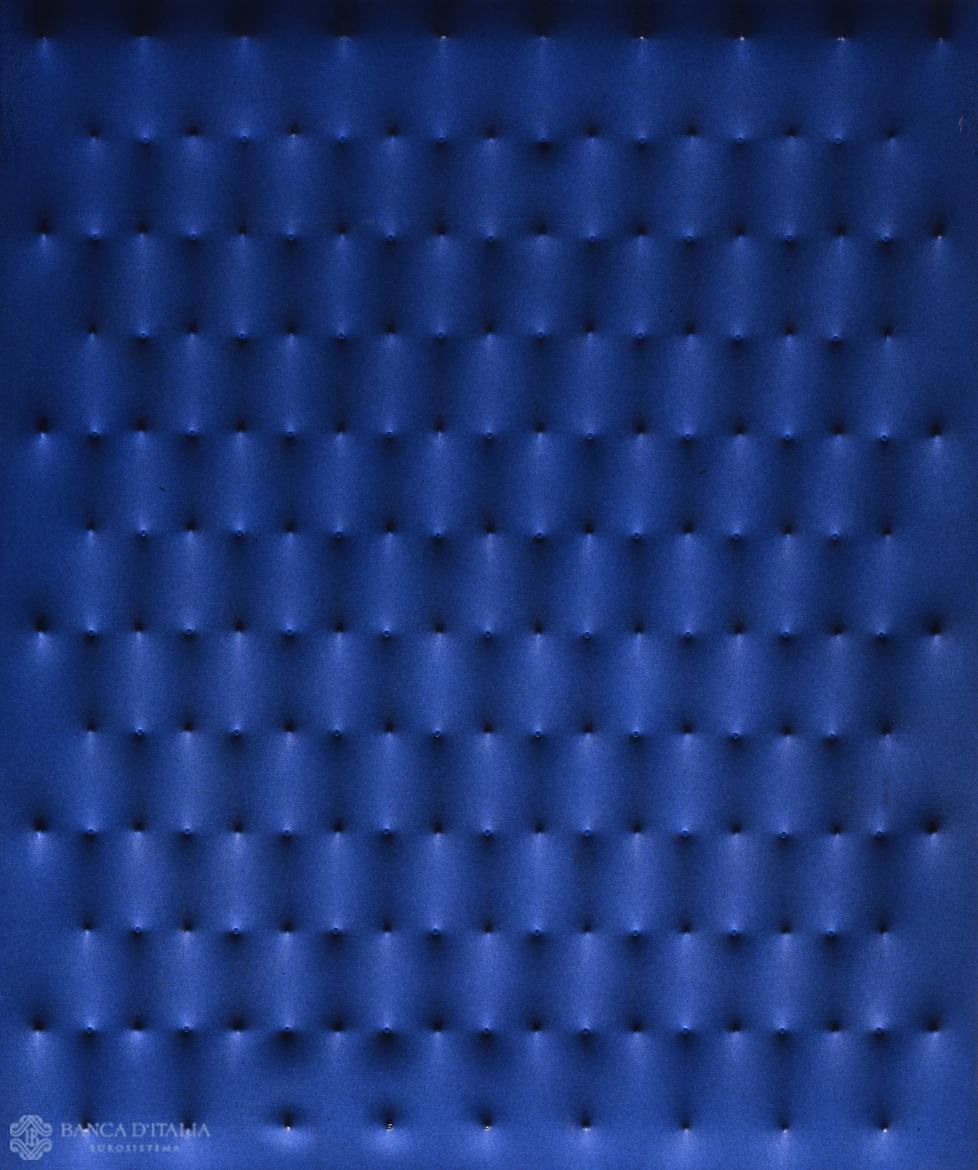
Enrico Castellani
Enrico Castellani was born in Castelmassa, province of Rovigo, in 1930. He moved to Brussels, where he attended the Academy of Fine Arts and earned a degree in architecture. In 1956 he was in Milan, where he devoted himself exclusively to painting, starting out with Informalist works in 1958 that were partly inspired by Wols, Fautrier and Tobey.
20th century AD
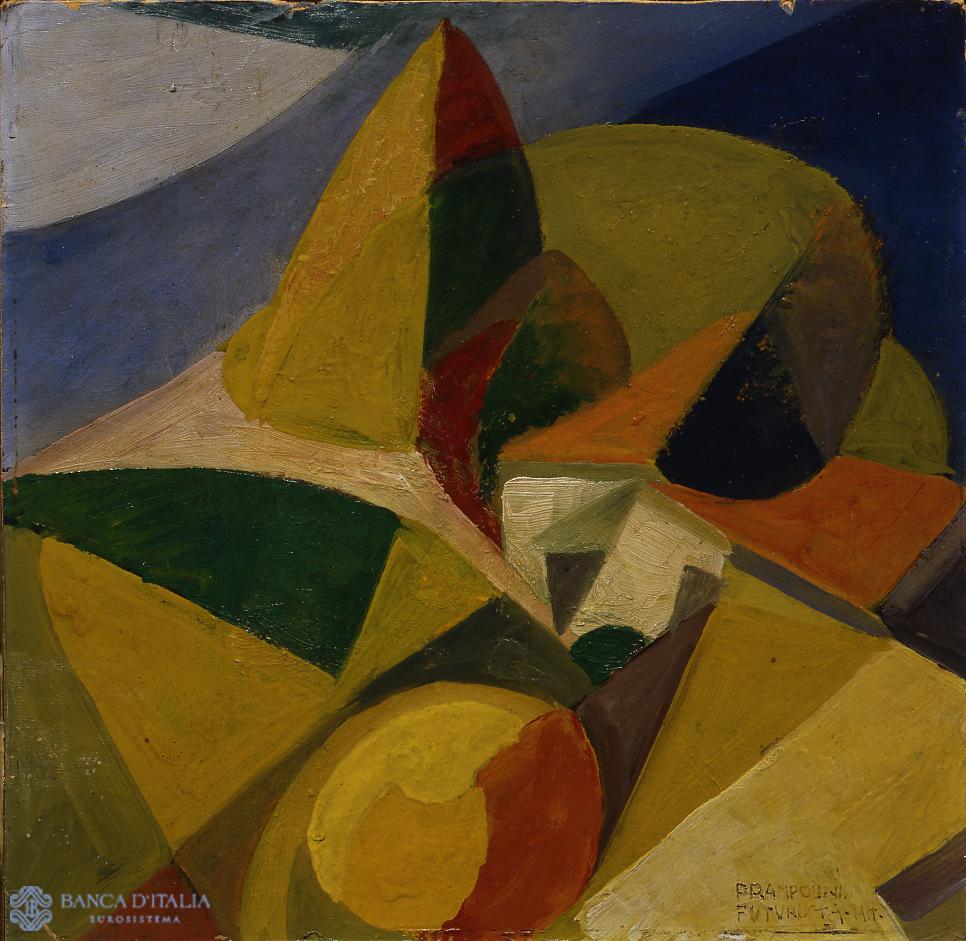
Enrico Prampolini
Enrico Prampolini was born in Modena in 1894 and died in Rome in 1956. He was trained at the Academy of Fine Arts in Rome but interrupted his studies to concentrate on Futurism to which he remained faithful all his life.
20th century AD

Ettore Tito
One of the most famous painters of the traditional figurative movement, Tito was born in Castellamare di Stabia (Naples) in 1859 and he trained at the Venice Academy of Fine Arts, at the school of Pompeo Molmenti. At the outset, he followed the example of Giacomo Favretto, with themes inspired by popular scenes of life in Venice.
20th century AD
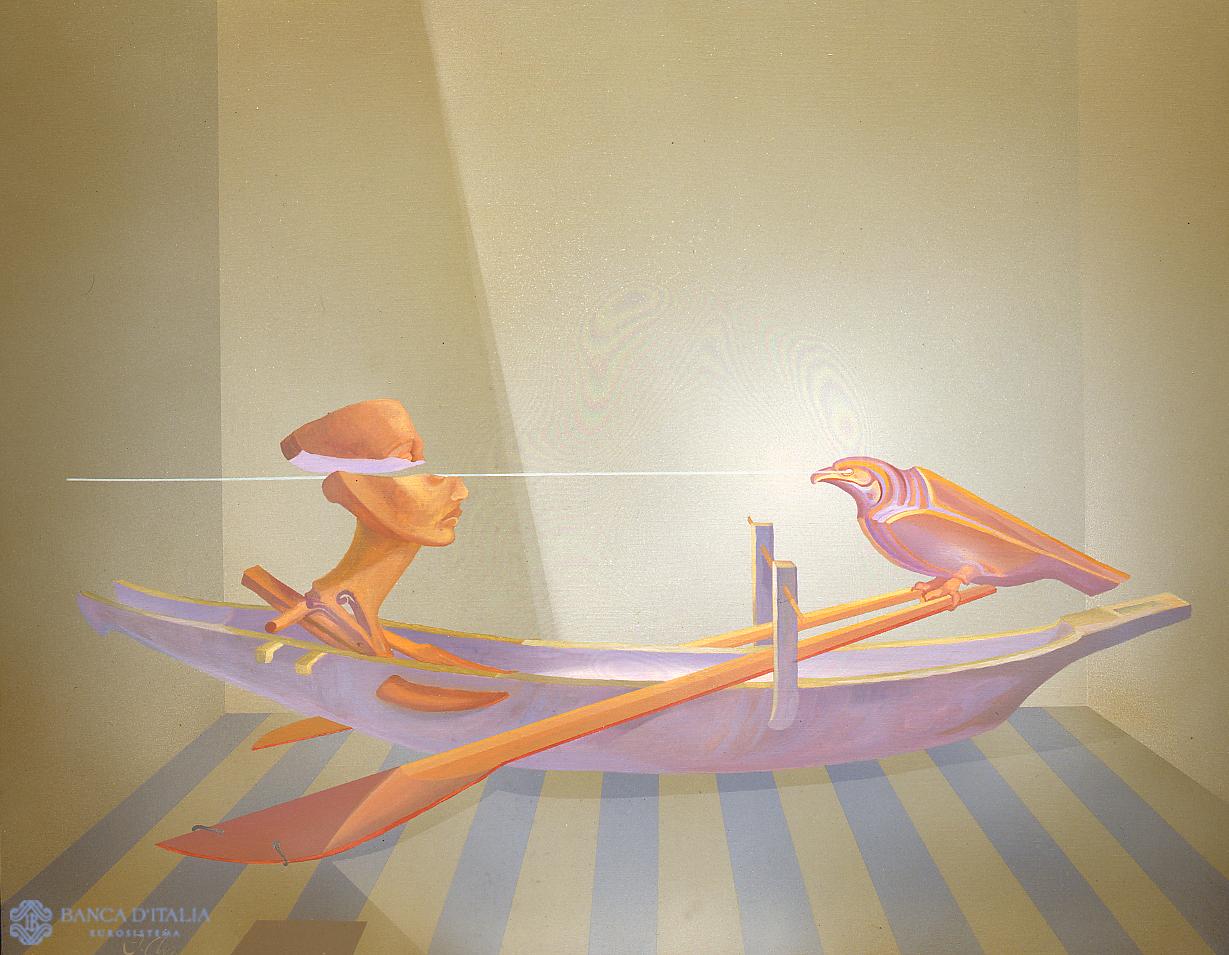
Fabrizio Clerici
Fabrizio Clerici was born in Milan in 1913. He studied architecture in his home town, later opting to become a painter and he moved to Rome and maintaining nevertheless an interest for drawing, which structured his paintings which were coloured in pale tones, often inspired by fantastic visions of cities or archeological monuments.
20th century AD
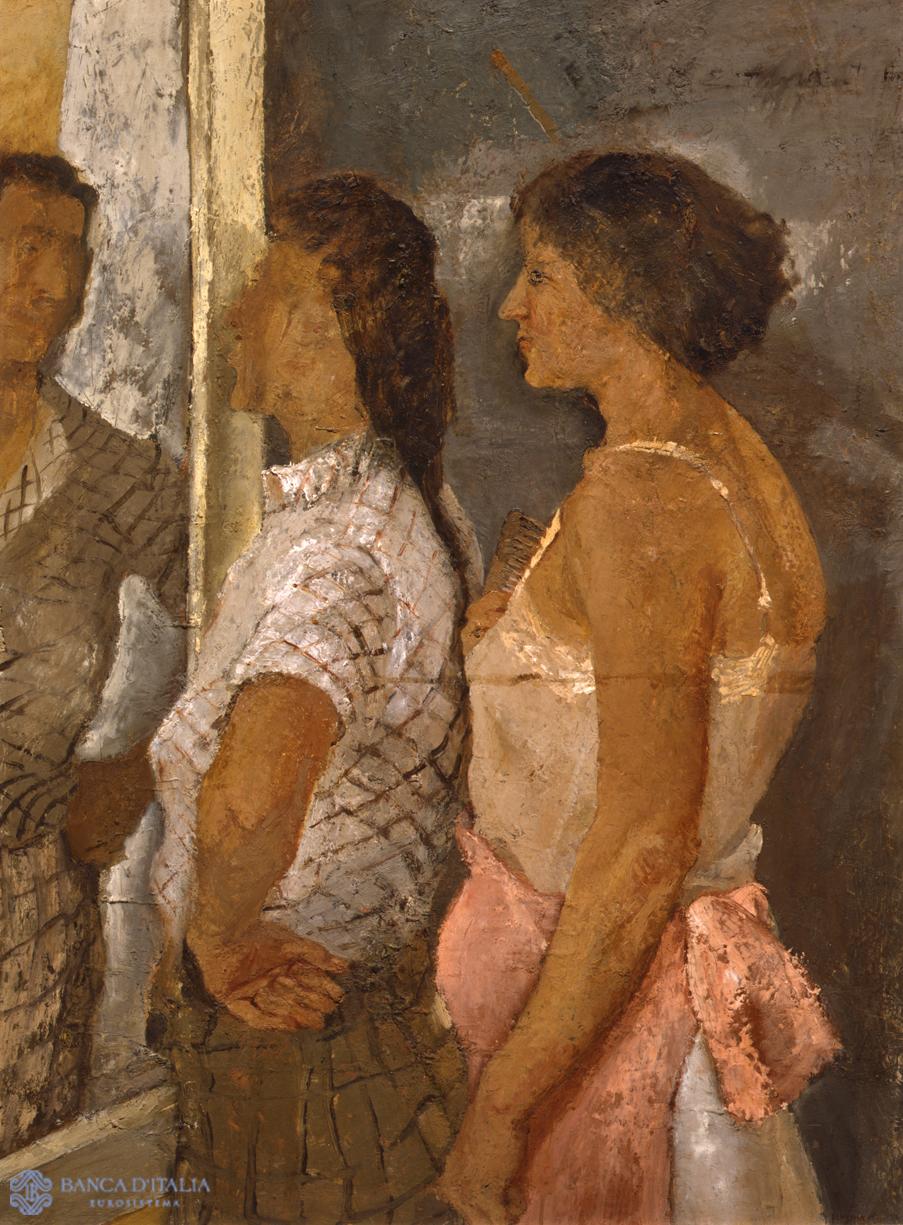
Fausto Pirandello
Fausto Pirandello was born in Rome in 1899, the third son of Luigi Pirandello. He attended the Torquato Tasso secondary school, where he earned his diploma in 1917. He initially devoted himself to sculpture, then – for health reasons – to painting. One of his paintings was accepted at the Venice Biennale of 1926.
20th century AD

Felice Carena
Felice Carena was born in Cumiana (near Turin) in 1879 and he died in Venice in 1966. He was a pupil of Giacomo Grosso at the Accademia Albertina in Turin and from the start he addressed himself to the secessionist and symbolist approaches, developing a predilection for the morbid intimism of the French artist Eugène Carrière, but also displaying an interest in Boecklin and, during his only visit to Paris while he attended the Academy, studying the works of Courbet.
20th century AD

Felice Casorati
Felice Casorati (Novara 1886 – Turin 1963) took up painting in 1902 and by 1907 had already shown a work at the Venice Biennale. After spending some time in in Naples and Verona, Casorati moved to Turin following the First World War and soon became a leading figure in that city’s artistic and cultural life.
20th century AD

Ferruccio Ferrazzi
Ferruccio Ferrazzi (Rome 1891–1978) had a sensational debut in 1907 when, at the 77th Fine Arts Exposition, the 16-year-old artist showed a self-portrait in which colour was freely laid on with a palette knife. In 1910 he was accepted at the Venice Biennale.
20th century AD
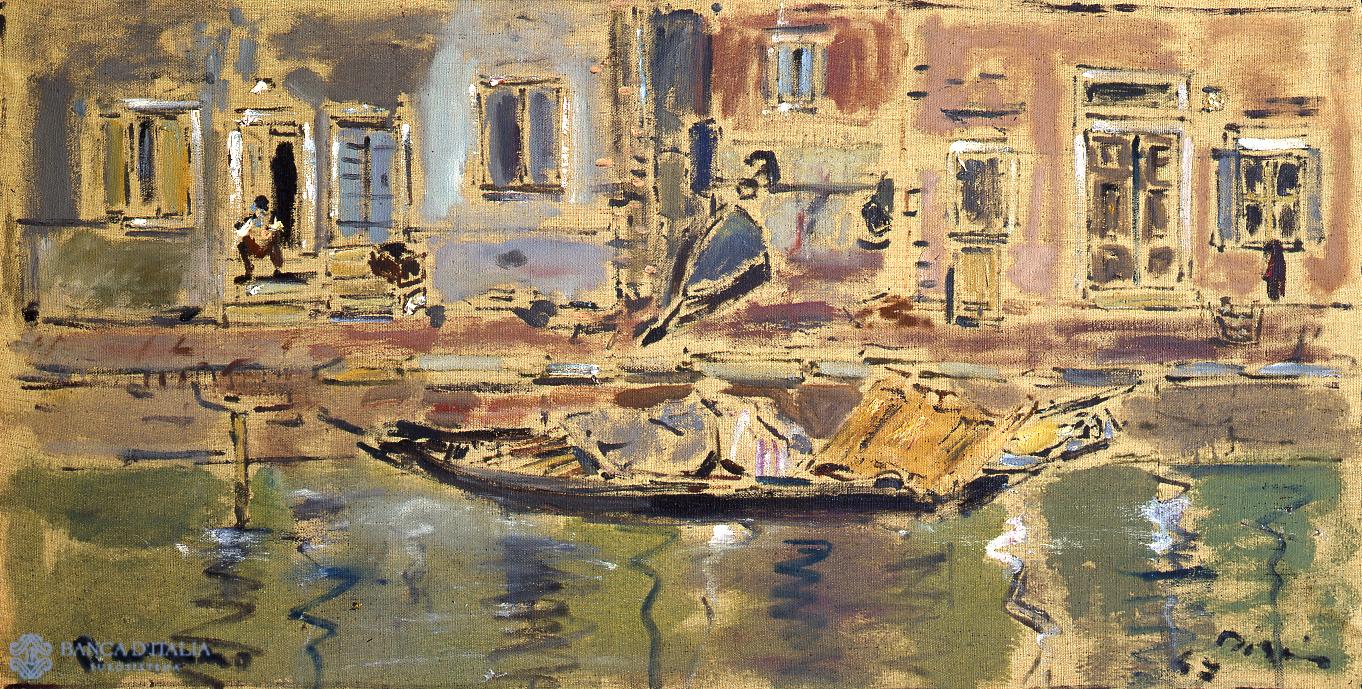
Filippo De Pisis
Filippo de Pisis was born in Ferrara in 1896. His father was Count Luigi Tibertelli. From his very first literary efforts, he adopted the pseudonym that he would keep forever, inspired by his illustrious forbear, Filippo da Pisa. Steeped in maternal love and family privilege, his childhood and youth were spent studying an eclectic array of subjects.
20th century AD
